Scientists have developed the first artificial muscles made from natural proteins that contract autonomously and consume chemical fuel.
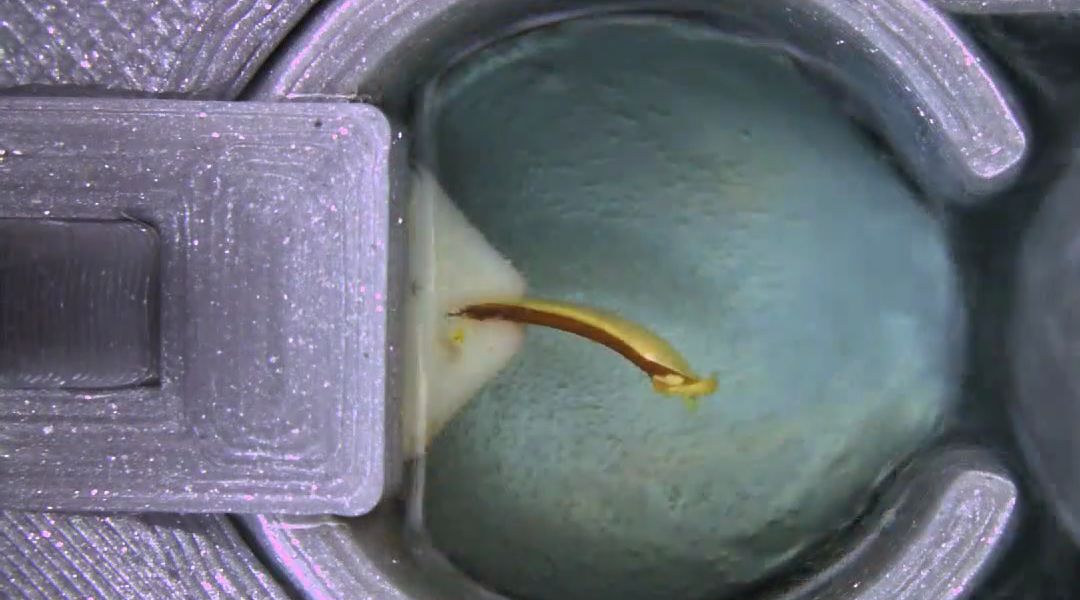

Scientists have developed the first artificial muscles made from natural proteins that contract autonomously and consume chemical fuel.
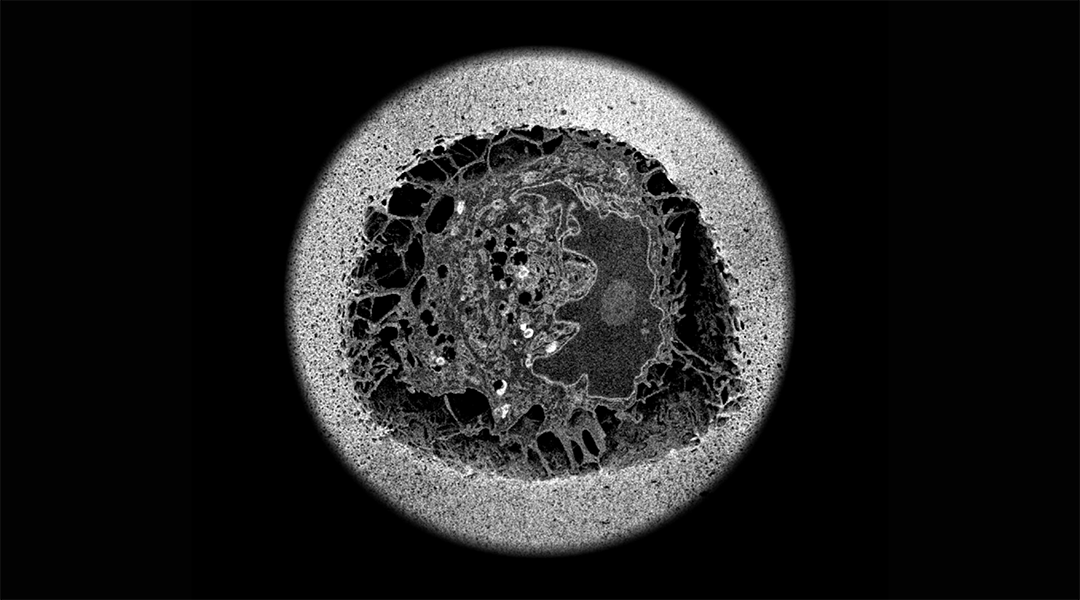
A natural chemical tether helps researchers attach cells to inert biomaterials for better cell models and therapies.

While stem cell therapies have been touted as “miracle cures”, data indicates that there are still hurdles keeping them out of the clinic.
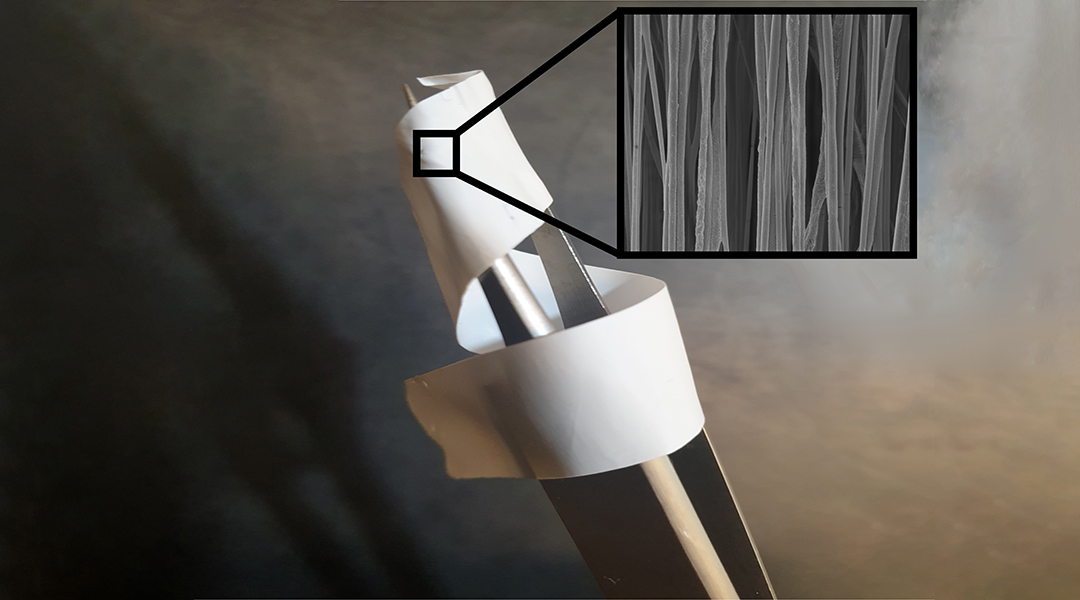
This implantable device acts as mechanical support for damaged tendons and mimics the bioelectrical cues usually provided by collagen during wound healing.

The weathering of the Earth’s surface serves as a geological thermostat and new research says that the breakdown of rocks at volcanic sites could help consume some of the world’s atmospheric carbon.
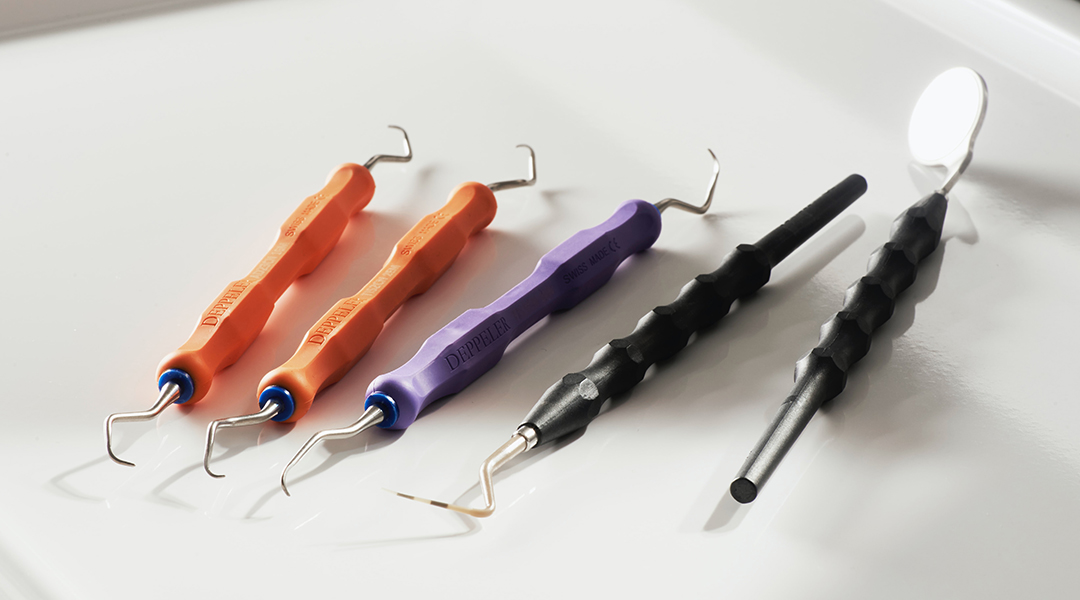
A charged microneedle patch for pain-free delivery of anesthetics could replace anxiety-inducing needles in dental work.

The Anthropocene has been defined by its carbon emissions, but modern technological advancements may hold the key to breaking this habit.
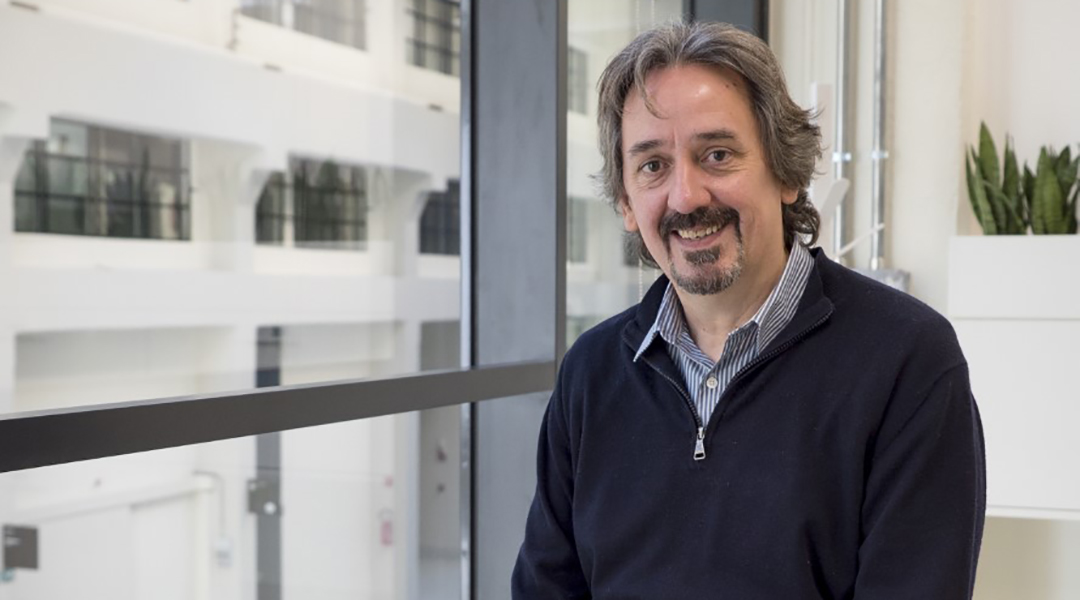
Albert Zink, director at the Institute for Mummy Studies, investigates remains from the past to bring ancient stories to life.
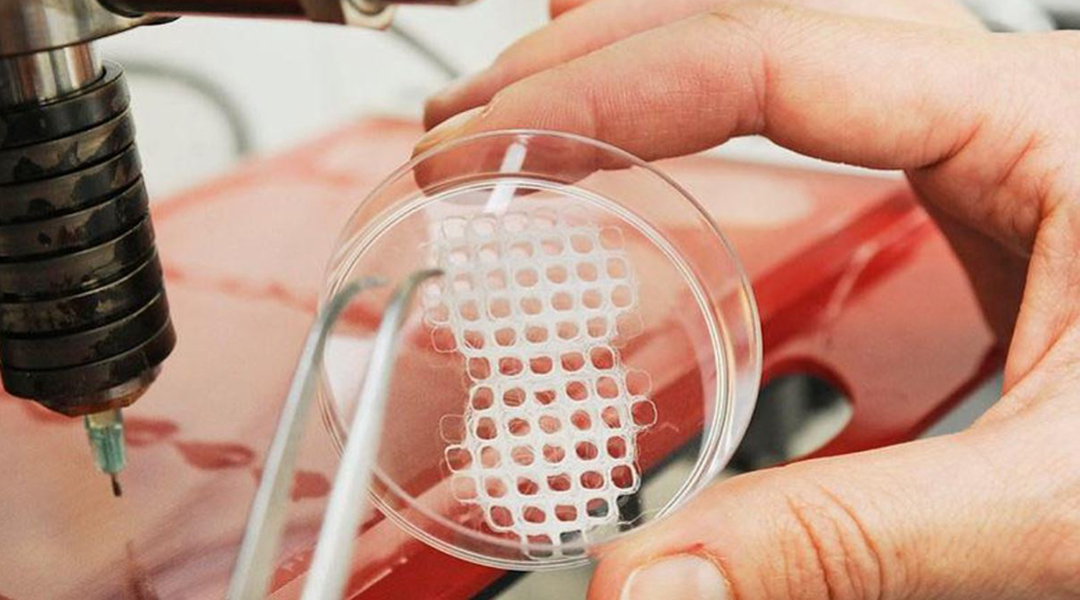
Machine vision and artificial intelligence can fine tune medical 3D printers to enable custom made tissue implants to suit the individual patient.
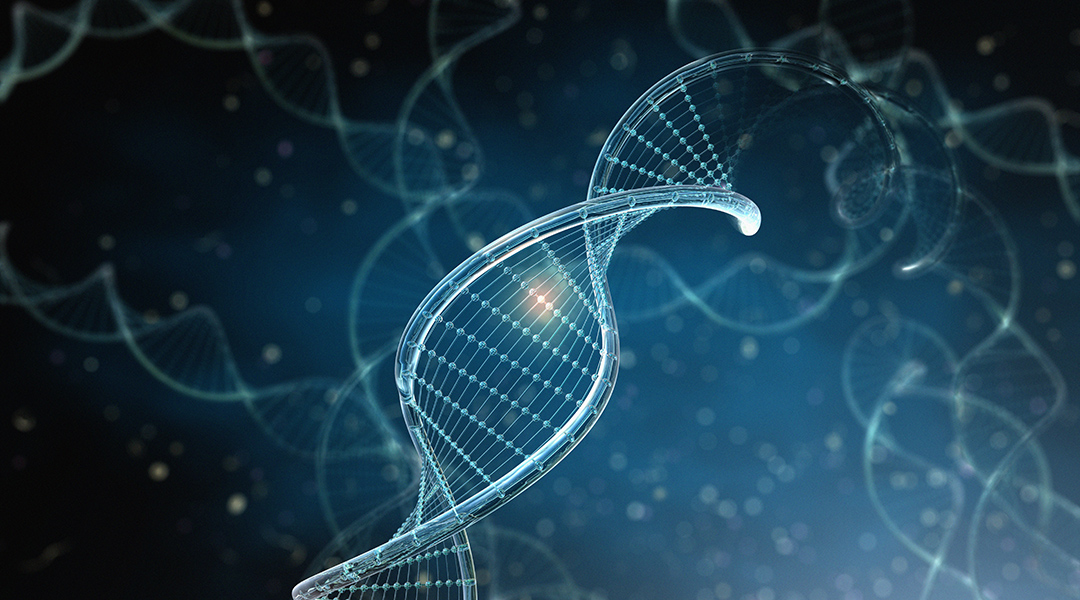
Changing the shape of soft matter using circuits made from DNA.